I am using python 3 and latest version of openCV. I am trying to resize an image using the resize function provided but after resizing the image is very distorted. Code :
import cv2
file = "/home/tanmay/Desktop/test_image.png"
img = cv2.imread(file , 0)
print(img.shape)
cv2.imshow('img' , img)
k = cv2.waitKey(0)
if k == 27:
cv2.destroyWindow('img')
resize_img = cv2.resize(img , (28 , 28))
cv2.imshow('img' , resize_img)
x = cv2.waitKey(0)
if x == 27:
cv2.destroyWindow('img')
The original image is 480 x 640 (RGB therefore i passed the 0 to get it to grayscale)
Is there any way i could resize it and avoid the distortion using OpenCV or any other library perhaps? I intend to make a handwritten digit recogniser and i have trained my neural network using the MNIST data therefore i need the image to be 28x28.





